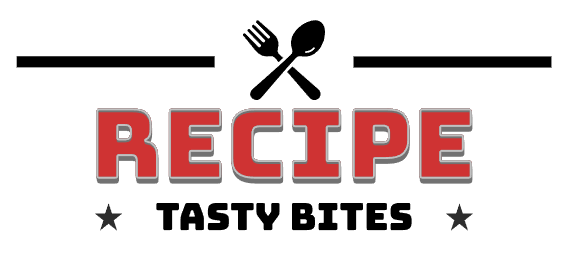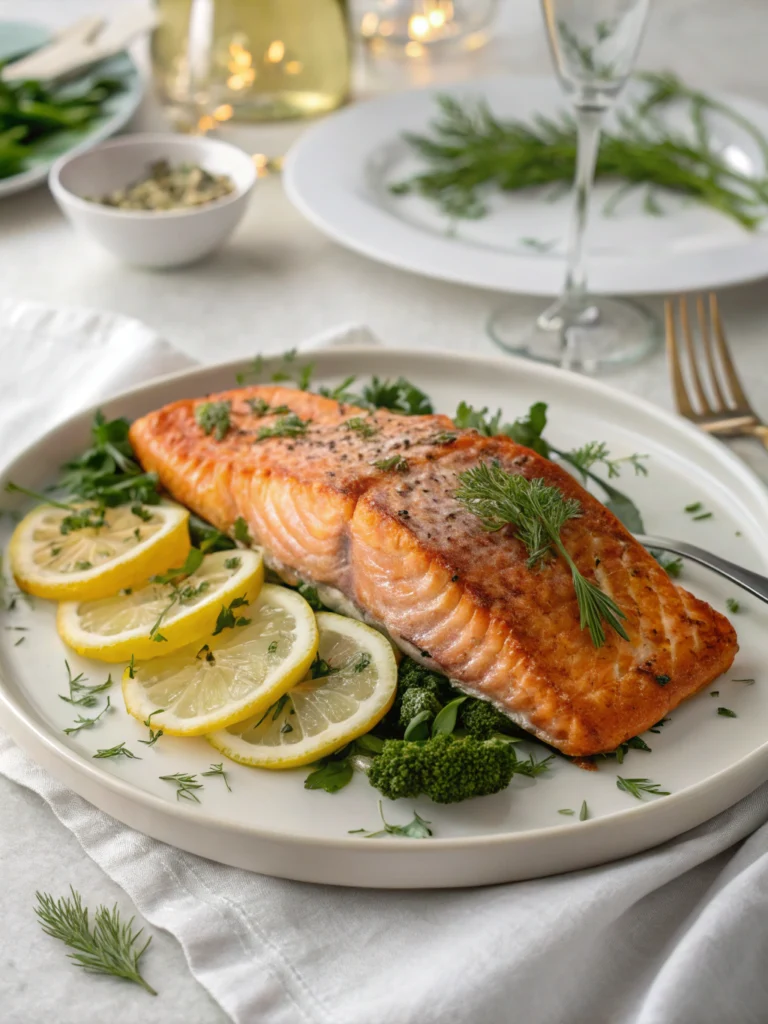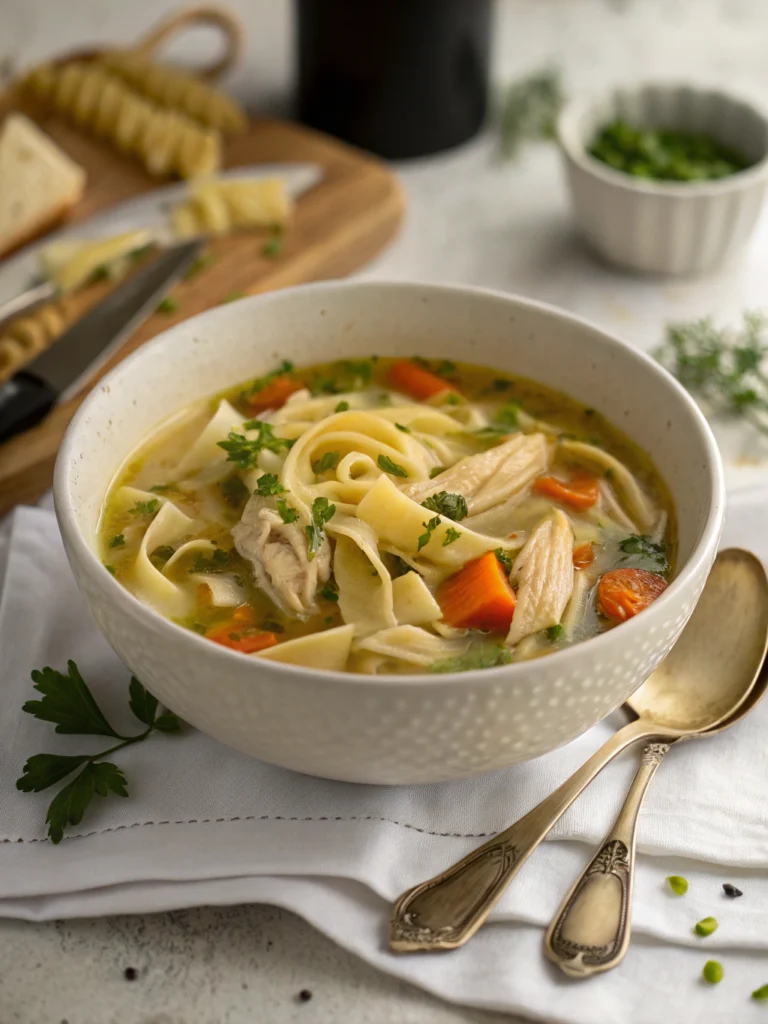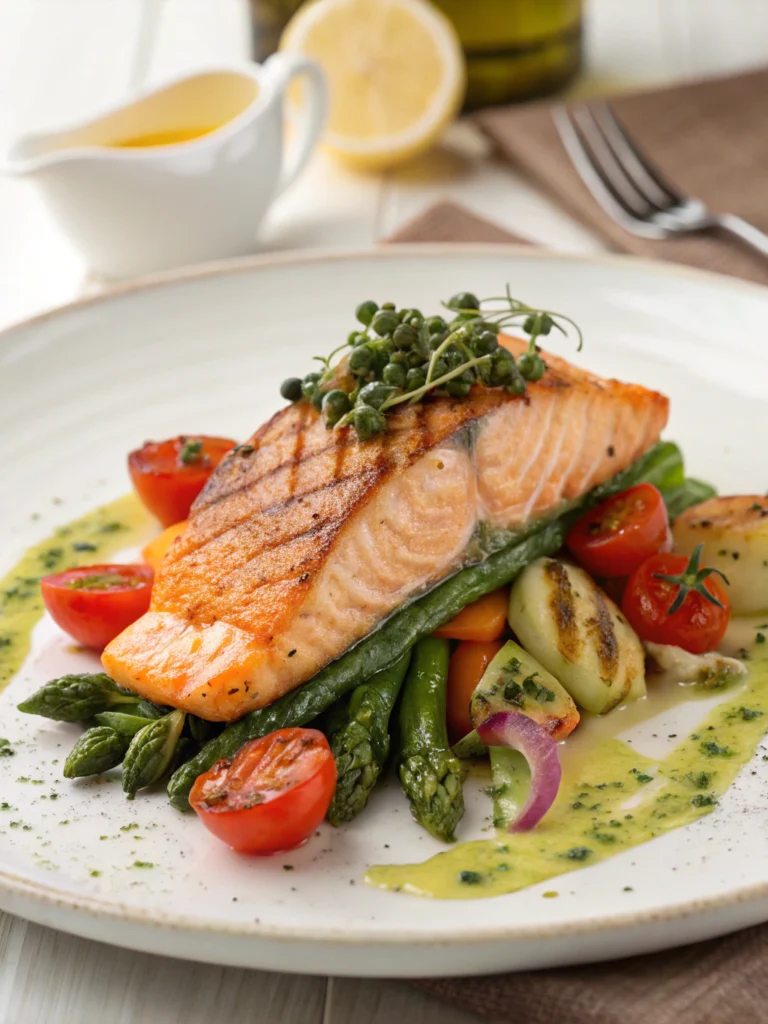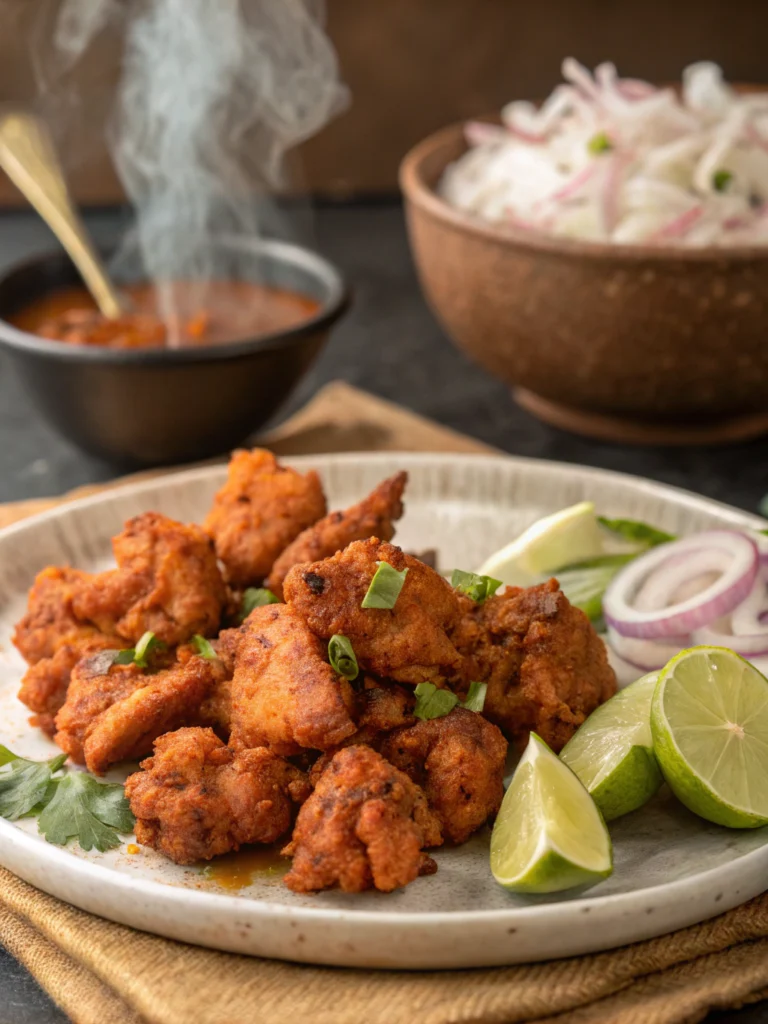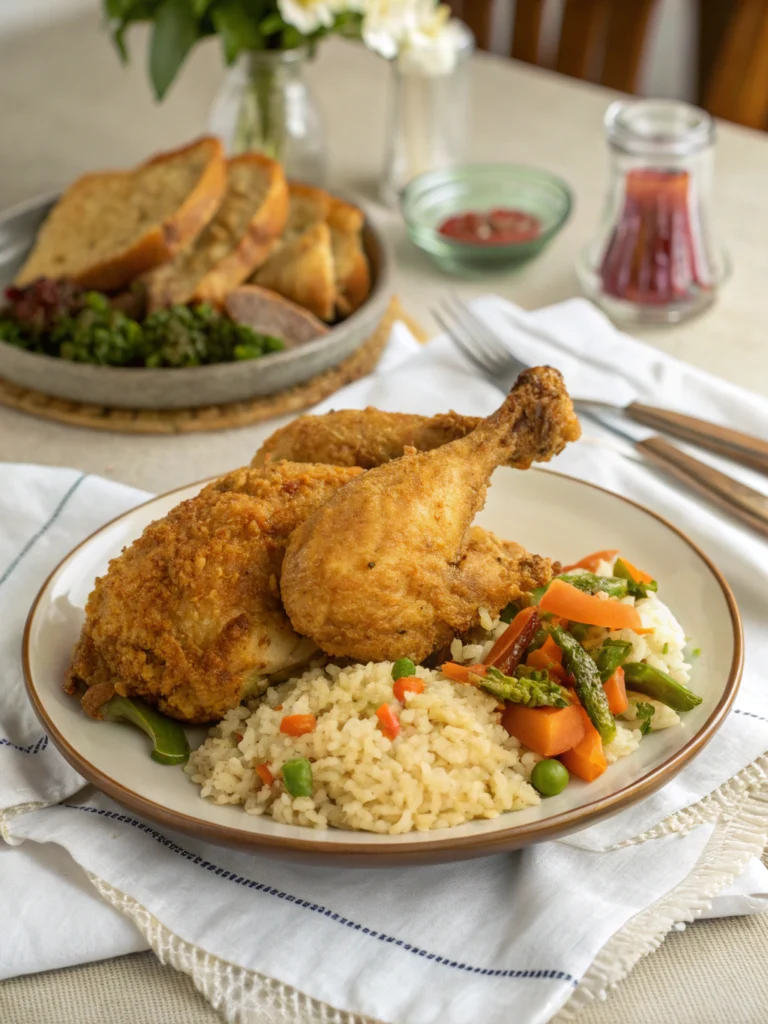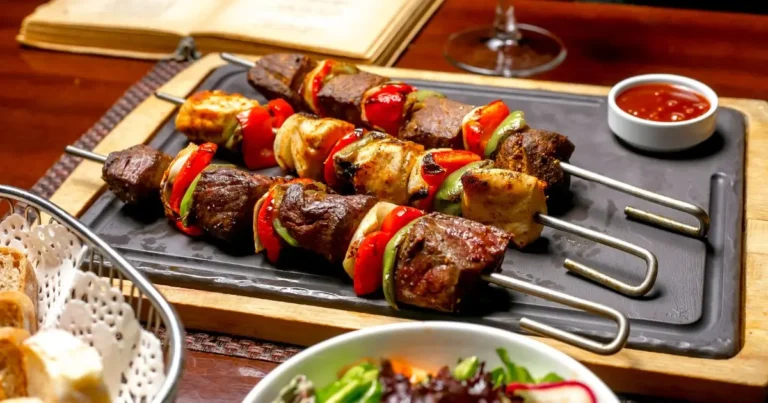Sheet pan salmon recipes : 5 Easy and Delicious Dishes to Try
Table of Contents
Introduction
Are you searching for quick, nutritious, and flavor-packed salmon dishes to incorporate into your weekly meal rotation? Look no further! Sheet pan salmon recipes offer a hassle-free solution that delivers both culinary delight and health benefits. In this comprehensive guide, we’ll explore five easy and delicious sheet pan salmon dishes that will have your taste buds singing and your family coming back for seconds.
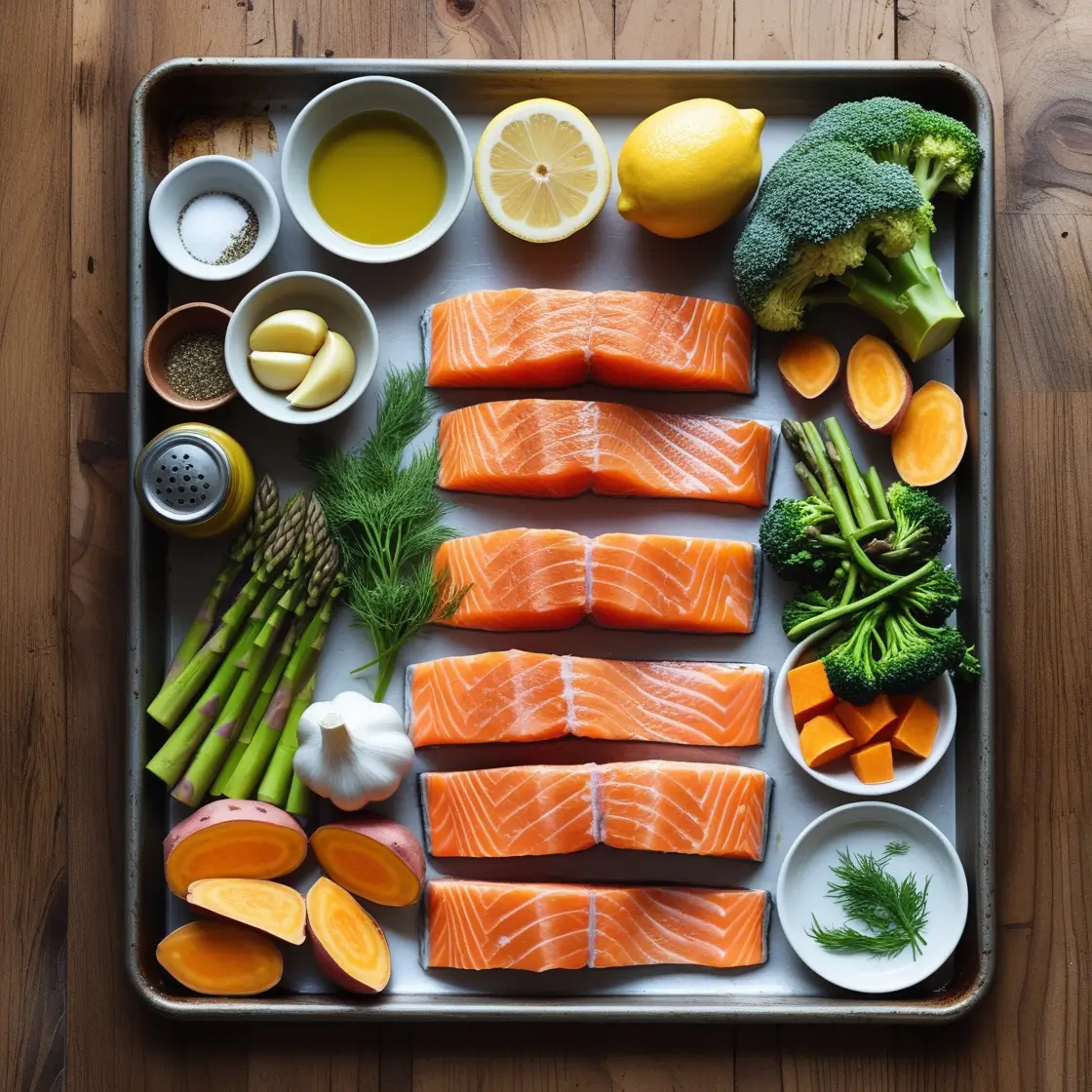
Ingredients List
To get started, here’s what you’ll need for our featured sheet pan salmon recipes:
- 1-1.5 lbs of fresh salmon fillets, cut into 4-6 portions
- 2 tbsp olive oil or avocado oil
- 1 lemon, sliced
- 1 tsp Dijon mustard
- 2 cloves garlic, minced
- 1 tsp dried dill (or 2 tsp fresh dill)
- Salt and pepper to taste
- Assorted vegetables (such as broccoli, Brussels sprouts, sweet potatoes, asparagus)
Feel free to experiment with different vegetables or seasonings to suit your personal preferences. The great thing about sheet pan salmon is its versatility – you can easily swap ingredients to create a variety of delicious and healthy meals.
Timing
These sheet pan salmon recipes are designed to be quick and easy, with a total time of just 30-40 minutes from start to finish. That’s a fraction of the time it takes to prepare a traditional salmon dinner, making it the perfect choice for busy weeknights or when you’re short on time.
Step-by-Step Instructions
Preheat your oven to 400°F (200°C) and line a large baking sheet with parchment paper or a silicone baking mat.
Pat the salmon fillets dry with a paper towel and season them generously with salt and pepper.
Arrange the salmon fillets on the prepared baking sheet, leaving a bit of space between each piece.
In a small bowl, mix together the olive oil, Dijon mustard, minced garlic, and dried dill (or fresh dill). Brush this flavorful mixture over the top of the salmon fillets.
Arrange the sliced lemon around the salmon, ensuring each fillet has a few lemon slices on top.
Add the assorted vegetables to the baking sheet, making sure they are evenly distributed. Drizzle the vegetables with a bit of olive oil and season with salt and pepper.
Bake the sheet pan salmon and vegetables in the preheated oven for 20-25 minutes, or until the salmon is cooked through and the vegetables are tender.
Remove the baking sheet from the oven and let the dish rest for a few minutes before serving.
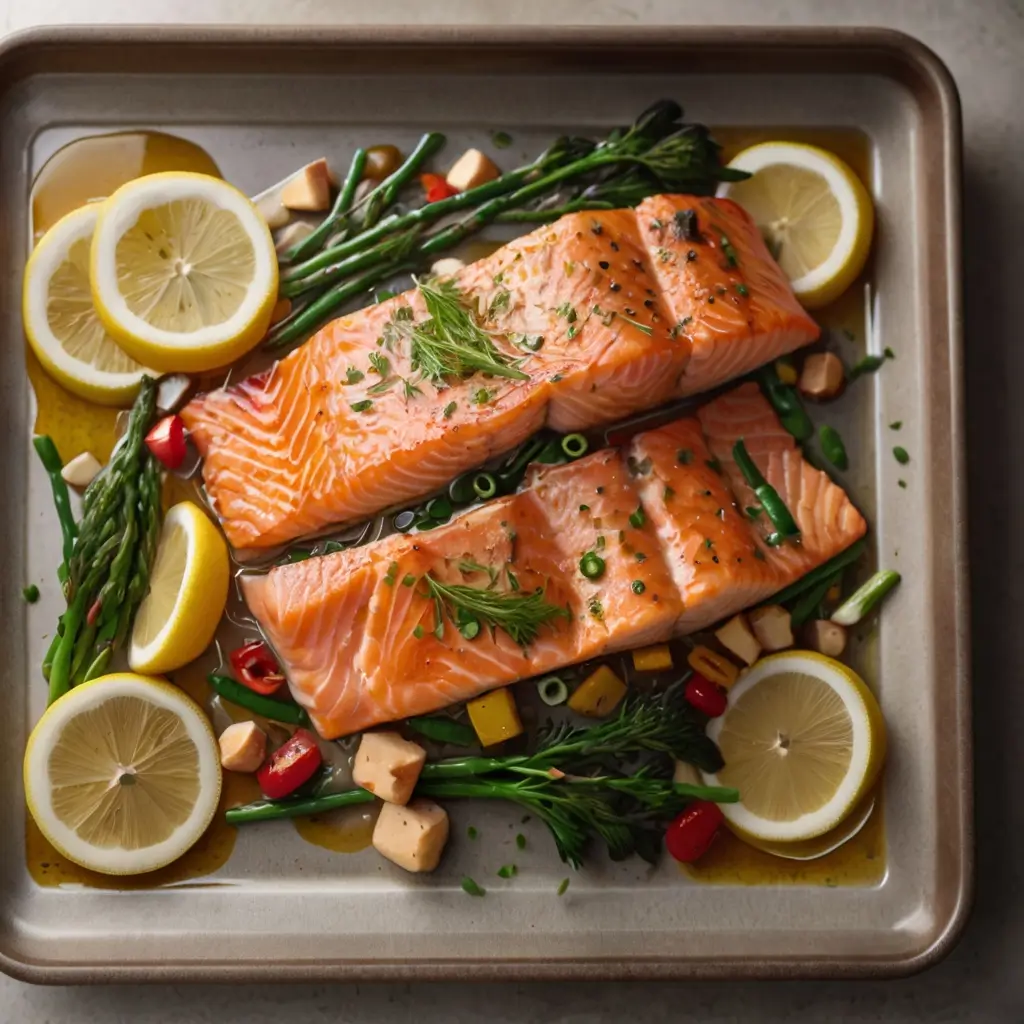
Nutritional Information
Our sheet pan salmon recipes are not only delicious but also highly nutritious. A 4-ounce serving of baked salmon provides approximately 200 calories, 23 grams of protein, and a wealth of essential vitamins and minerals, including omega-3 fatty acids, vitamin B12, and selenium. The addition of nutrient-dense vegetables further enhances the overall nutritional profile of these dishes.
Healthier Alternatives for the Recipe
For those looking to make the sheet pan salmon recipes even healthier, consider the following modifications:
- Swap the olive oil for avocado oil or melted coconut oil
- Use a low-sodium soy sauce or tamari in place of the Dijon mustard
- Incorporate more leafy greens, such as spinach or kale, alongside the roasted vegetables
- Replace the lemon slices with fresh herbs like dill, parsley, or basil
These simple swaps can boost the nutritional value of the dish while maintaining its delicious flavor.
Serving Suggestions
The beauty of these sheet pan salmon recipes is their versatility. Serve the salmon and roasted vegetables as a standalone main dish, or pair it with:
- Steamed brown rice or quinoa
- A fresh green salad with a light vinaigrette
- Roasted sweet potato wedges or a baked potato
- Crusty whole-grain bread or a side of sautéed garlic-infused broccoli
The possibilities are endless!
Common Mistakes to Avoid
To ensure your sheet pan salmon dishes turn out perfectly every time, be mindful of these common pitfalls:
Overcrowding the baking sheet : Make sure to leave enough space between the salmon fillets and the vegetables to allow for even cooking and browning.
Undercooking the salmon : Use a meat thermometer to ensure the salmon reaches an internal temperature of 145°F (63°C) for optimal doneness.
Forgetting to pat the salmon dry : Properly drying the salmon before seasoning helps the flavors adhere better and promotes a nice sear.
Skimping on seasoning : Don’t be afraid to be generous with the salt, pepper, and other spices to really bring out the natural flavors of the salmon and vegetables.
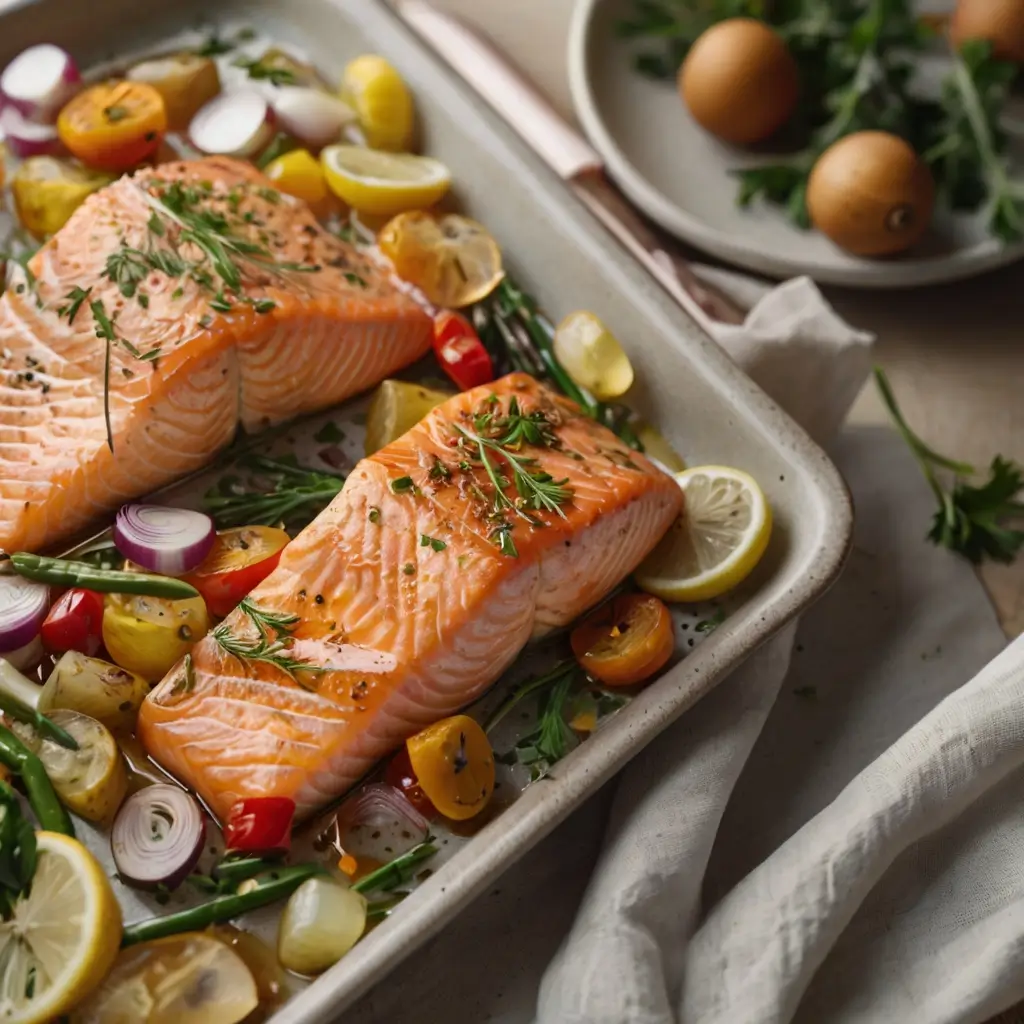
Storing Tips for the Recipe
Leftover sheet pan salmon can be stored in an airtight container in the refrigerator for up to 3 days. For best results, store the salmon and vegetables separately, as the vegetables may become soggy if mixed with the salmon.
When reheating, consider gently warming the salmon in a skillet or the oven to prevent it from drying out. The roasted vegetables can be reheated in the microwave or oven as well.
Conclusion
Sheet pan salmon recipes are the ultimate solution for busy home cooks who crave delicious, healthy, and hassle-free meals. By following the simple steps and incorporating these five easy and delicious dishes into your repertoire, you’ll be able to satisfy your salmon cravings while impressing your family and friends.
So, what are you waiting for? Preheat your oven, gather your ingredients, and get ready to savor the irresistible flavors of these incredible sheet pan salmon recipes. Bon appétit!
FAQs
Q: Can I use frozen salmon for these recipes?
A: Absolutely! Just be sure to thaw the salmon completely before patting it dry and proceeding with the recipe.
Q: How long do I need to bake the salmon?
A: The salmon typically takes 20-25 minutes to bake at 400°F (200°C), depending on the thickness of the fillets. Use a meat thermometer to ensure the salmon reaches an internal temperature of 145°F (63°C).
Q: Can I make these recipes with other types of fish?
A: Yes, you can easily adapt these sheet pan recipes to work with other types of fish, such as trout, cod, or halibut. Just adjust the cooking time as needed based on the thickness of the fillets.
Q: How do I prevent the vegetables from burning?
A: To prevent the vegetables from burning, make sure to cut them into similar-sized pieces and distribute them evenly on the baking sheet. Additionally, you can toss the vegetables in oil before adding them to the pan to help them caramelize without drying out.
Q: Can I prepare these recipes in advance?
A: Absolutely! You can prepare the salmon and vegetables, mix the seasoning, and store them separately in the refrigerator until ready to bake. This can save you a significant amount of time on busy weeknights.
Your Feedback Helps Us Grow!
There are no reviews yet. Be the first one to write one.
